Garfish fever
Published on May 11th, 2009 by Rodney
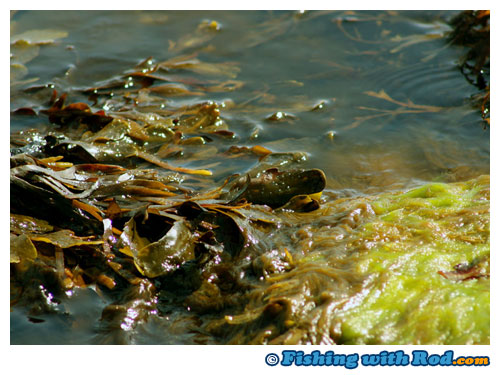 Â
Â
In Scandinavia, the month of May marks the beginning of a season that is celebrated by every life form. The spring landscape is much more pleasant. The green fields are covered by wild flowers. The rocky shoreline is thickened with algae and other microscopic inhabitants. After a long, dark Baltic winter, people are eager to be out in the sun as much as possible by jogging, kayaking or simply relaxing in a park. It is a celebration that no one would want to miss.
While this is happening, another annual phenomena is not being unnoticed. The migration of garfish (Belone belone), which is either love or hate by anglers, usually starts in late April and tapers off by the third week of May. Not to be confused with North America’s freshwater gars, these garfish are in fact a species of needlefish that are pelagic in the Eastern Atlantic Ocean, Mediterranean Sea and Baltic Sea. They are loved because they are easy to catch and tasty on the dinner plate. Sea trout anglers tend to find them a nuisance because quite often they take over the sea, making it harder to target sea trout specifically.
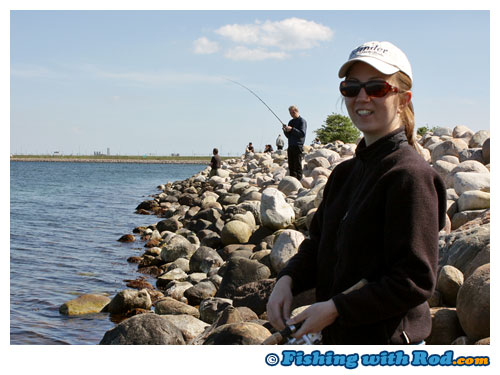
What impresses me about this fishery is the large amount of people who take part in it. Last weekend, we spent an afternoon sitting at a popular spot in Øresund, the strait that runs between Denmark and Sweden, we found ourselves surrounded by families that were out for the same reason. Dozens of boats could also be found just outside our casting distance. A gong show, you may think, but it was in fact very orderly and enjoyable. This fishery is family-friendly due to the fact that garfish are very willing biters.
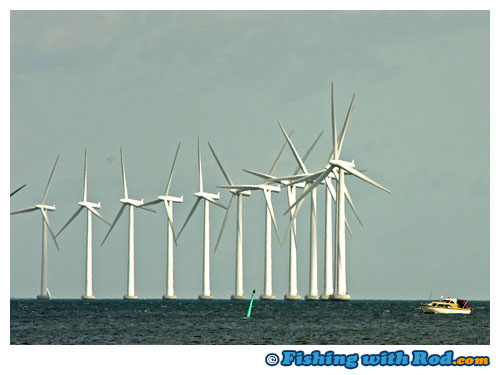
Nearby windmills, being put to work on this breezy day.
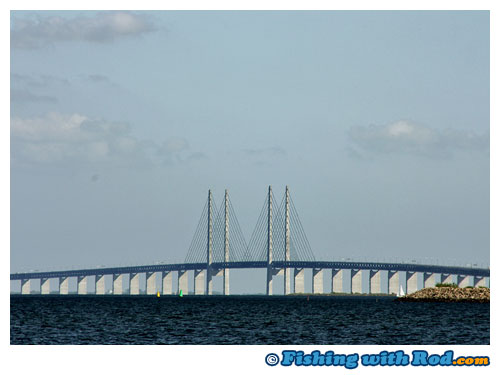
Øresund Bridge, connecting Denmark and Sweden since 2000.
Just about every fishing method works for garfish, so it comes down to what the angler’s preference. Floating a piece of herring is relaxing and suitable for kids, but it can pose a challenge on a windy day. Spinning lures can generate many bites, but quite often the hook does not penetrate through the fish’s hard beak enough so landing rate maybe low. Since I was introduced to this fishery few years ago, my preference is still flyfishing for them. Garfish do not discriminate, so even a piece of yarn on the line can entice them. There would not be a shortage of bites when stripping a size 10 orange fly just below the surface with a 4wt.
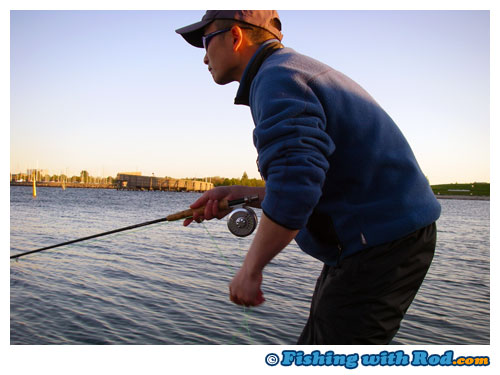
While one cannot expect reel screaming runs from garfish (after all, their average weight is less than a pound), garfish do fight reasonably well with leaps and dives mixed in between.
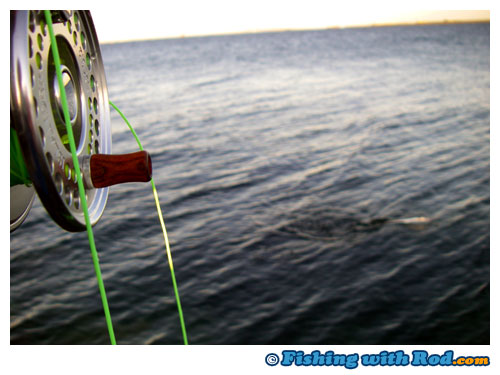
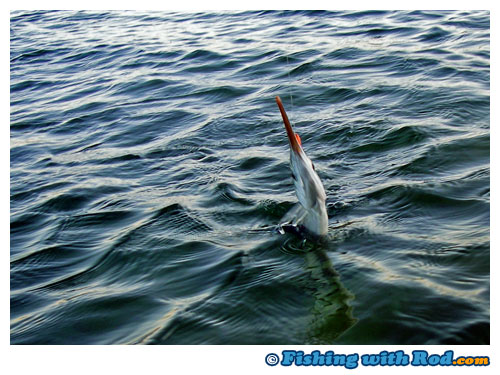
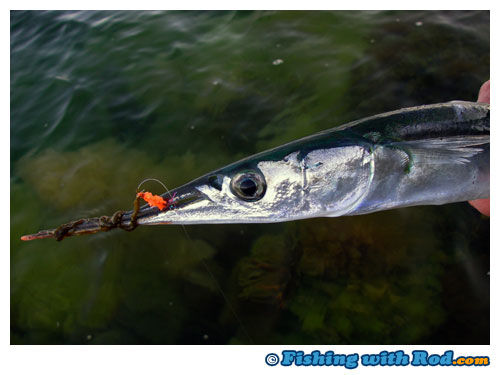
Today I decided that we should keep a few for eating. Danes enjoy eating garfish. They can be BBQed, pan fried. I have quickly discovered that killing these fish is a messy job. Their length is easily over half a meter long and the body diameter is no more than ten centimeters. Handling them is perhaps best described as snake handling. You grab onto their gill plates, they slap the rest of the body around. You grab onto the mid section, they slip away freely after a couple of wiggles. The line quite often wraps around their body and the hook can sometimes be hard to remove because it is so embedded into the hard beak. When the job of untangling, unhooking, dispatching was done, I was completely covered in scales, slime and the oily fish smell that I used to find when targeting pelagic species in Australia.
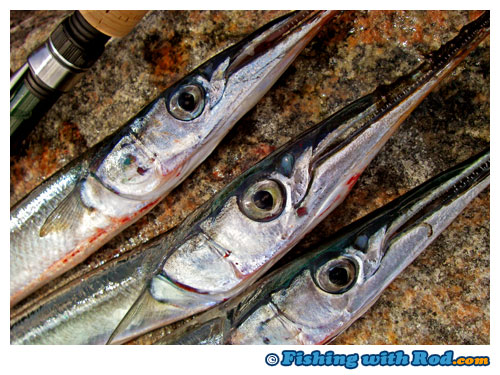
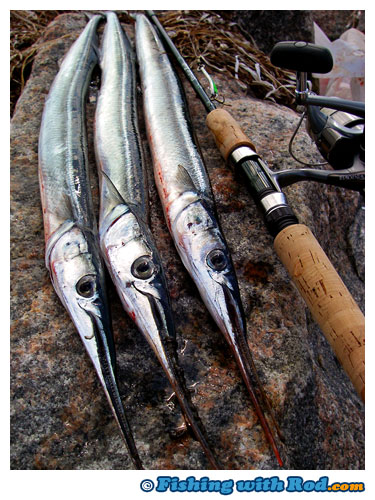
That being said, this is definitely a light tackle fishery that I wouldn’t mind putting up with for a few weeks per year. I think that I will go down to the beach and enjoy it a bit more tomorrow.
